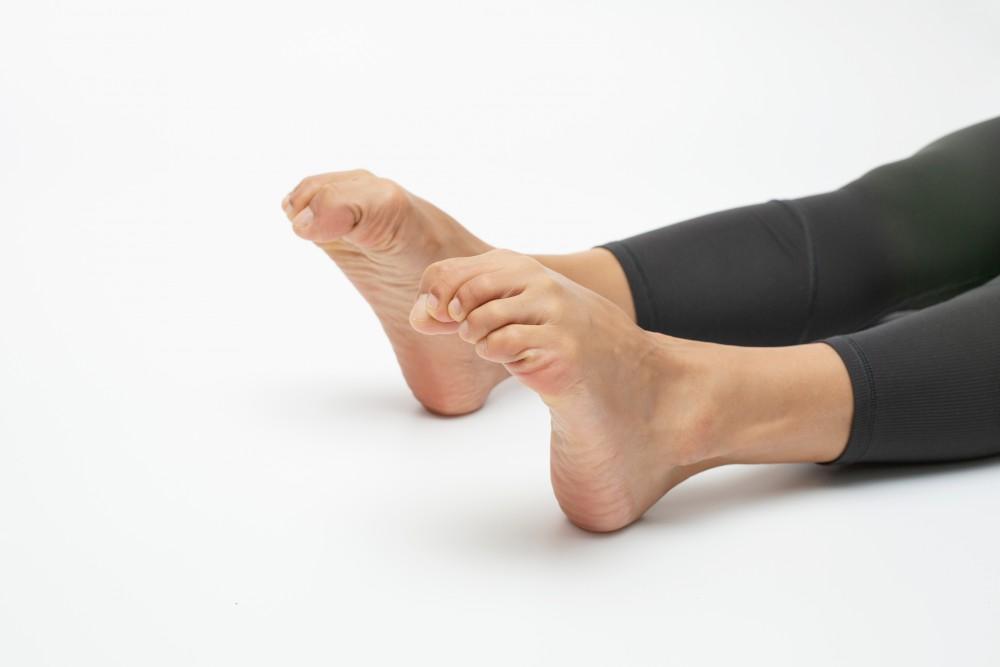
Tips to Get Yourself Tennis-Ready After an Elbow Injury

Despite its name, tennis elbow's problems originate in the wrist. The movement of the wrist during a backhand stroke causes tendon inflammation, which creates the characteristic symptoms of the condition.
The elbow pain specialists at Bahri Orthopedics & Sports Medicine Clinic in Jacksonville, Florida, regularly diagnose lateral epicondylitis, which usually affects the exterior carpi radialis brevis tendon. You don't need to be a tennis player to suffer this injury.
However, you'll want to minimize your time on the sidelines when your tennis game is important. We've prepared this guide, including tips on getting tennis-ready after an elbow injury.
Understanding tennis elbow
Absorbing the impact of a backhand shot puts pressure on tendons as few other movements do. Repeating the motion can cause tissue irritation that develops into weakness and pain in the elbow and hand.
Tennis elbow tends to affect people as they get older, typically into their 30s to about 50. Causes related to racket sports include:
- Unbalanced backhand technique
- Use of a racket that’s too short or strung too tightly
- Off-center hitting of the ball
- Untoned wrist and shoulder muscles
- Similar conditions when playing other racket sports like racquetball and squash
However, other arm movements can contribute to tennis elbow, too. These might combine with your tennis participation, or they could cause tennis elbow on their own:
- Repeated hand motions used for jobs and hobbies, including factory work, butchers, carpentry, dentists, and musicians
- Using hand tools on a frequent and regular basis
- Painting with brushes or rollers
- Working with a chainsaw
While repetitive motion is the most common cause of tendon irritation in tennis elbow, the condition can also develop from a single acute injury.
Recovering from an elbow injury
Overuse injuries typically respond well to rest and conservative, non-surgical care. Injuries caused by an acute injury will also respond to this approach, provided no serious tears to tendons or other physical damage to the elbow.
However, full recovery could take 12 months, depending on individual response to treatment. The recovery process has a sequence of targets:
- Pain management: using over-the-counter pain medications and anti-inflammatories at the first sign of pain
- Resting from activities and motions that cause the pain
- Adding braces and/or splints to support the affected areas and limit motion that further strains the tendons
- Physical rehabilitation and therapy
Correct diagnosis helps to ensure you receive the appropriate care for your injury, and visiting Bahri Orthopedics & Sports Medicine is a crucial part of your recovery. Orthopedic oversight of your progress provides the best route toward complete healing and a return to the game. Any activity that irritates the tendon has the potential to extend your recovery.
Additional treatments beyond the conservative basics include corticosteroid injections, which provide aggressive anti-inflammatory and pain relief effects but must be used sparingly since steroids also take a toll on tendon tissue. Ultrasound therapy is often healing and pain relief with simple, short treatments.
Surgery may be an option if damage to the tendon is extreme, including large or complex tears, but it's not a common solution for tennis elbow.
As sports injury specialists, we work with you to develop a recovery plan to help you return to the courts without risking further injury. Understanding the risks of reinjury associated with resuming play is important before you're fully healed.
Make an appointment with us at Bahri Orthopedics & Sports Medicine near our two Jacksonville locations. You can request an appointment by phone or using the online link on this page. Schedule your visit today.
You Might Also Enjoy...


Fracture Care: Nonsurgical Options vs. Surgery

Am I a Good Candidate For Shoulder Replacement?

Staying Active With Knee Osteoarthritis: Our Top Tips

Struggling with Ankle Instability? Here's How to Avoid Future Sprains


